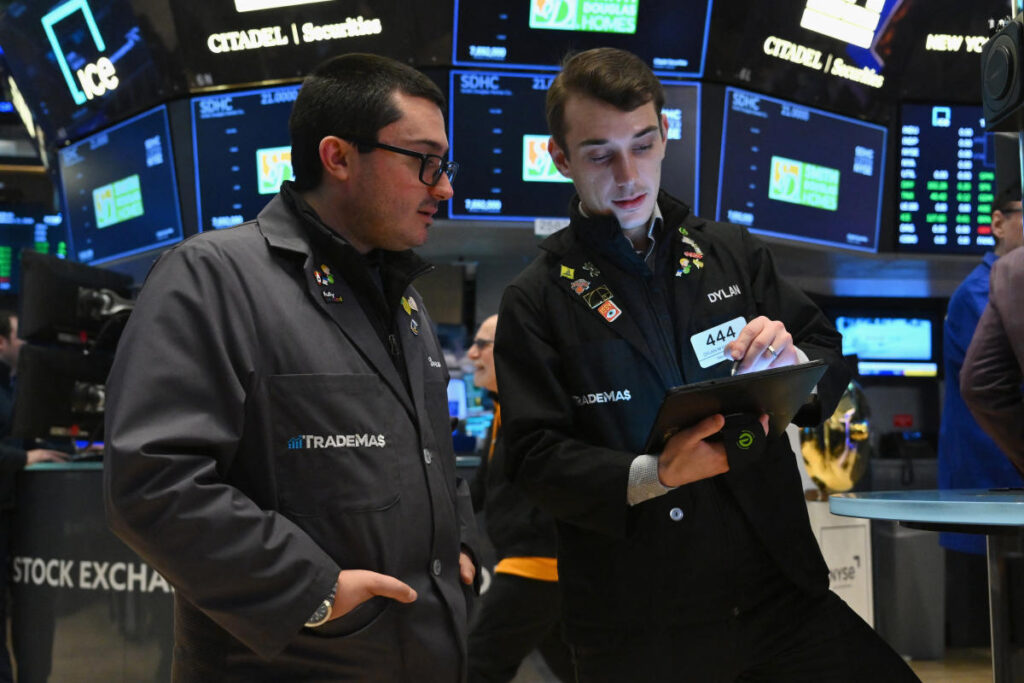On Friday, the U.S. dollar (DX=F, DX-Y.NYB) fell further from near two-year highs to its lowest level in a month after President Trump said he would “rather not impose” tariffs on China. It fell.
The U.S. dollar index, which measures the dollar’s value against a basket of six foreign currencies: the euro, Japanese yen, British pound, Canadian dollar, Swedish krona and Swiss franc, has had its worst week in a year.
Recent dollar pressure has been driven primarily by two main triggers: Trump’s election and subsequent Republican landslide victory, and a recalibration of future Fed easing in response to strong economic data.
But the uncertainty over President Trump’s tariff policy has been the biggest factor in recent weeks, and is likely to continue in the coming months.
Despite the recent downtrend, Bank of America analysts argue that it remains prudent for markets to continue pricing in tariff risk for the dollar.
“Even if tariffs are delayed, they are likely to be an important policy pillar for the new administration,” said Adarsh Sinha, chief foreign exchange and interest rate strategist at BofA. “More importantly, there remains uncertainty surrounding the timing of tariff increases.”
Meanwhile, Capital Economics expects the dollar index to rise further this year, noting that the inflation-adjusted dollar is at its strongest level since the Plaza Accord was signed in 1985.
“We believe changes in U.S. tariff policy and interest rates could lead to further strength in the dollar in the coming quarters,” Simon McAdam, deputy chief global economist at Capital Economics, said on Friday. .
President Trump refused to enact a tariff order on his first day in office, instead releasing a memorandum on Monday directing federal agencies to evaluate U.S. trade policy.
But as Yahoo Finance’s Ben Werschkul reports, President Trump’s first week in office saw new tariff threats against countries ranging from Russia to members of the European Union. President Trump said 25% tariffs on Canada and Mexico and 10% tariffs on China could go into effect on February 1st.
Kyle Chapman, a foreign exchange market analyst at Ballinger Group, said in an email Monday that the lack of blanket tariffs on the first day is “the biggest clue that the dollar could reach its peak, but we don’t hold out hope just yet. ” he said.



